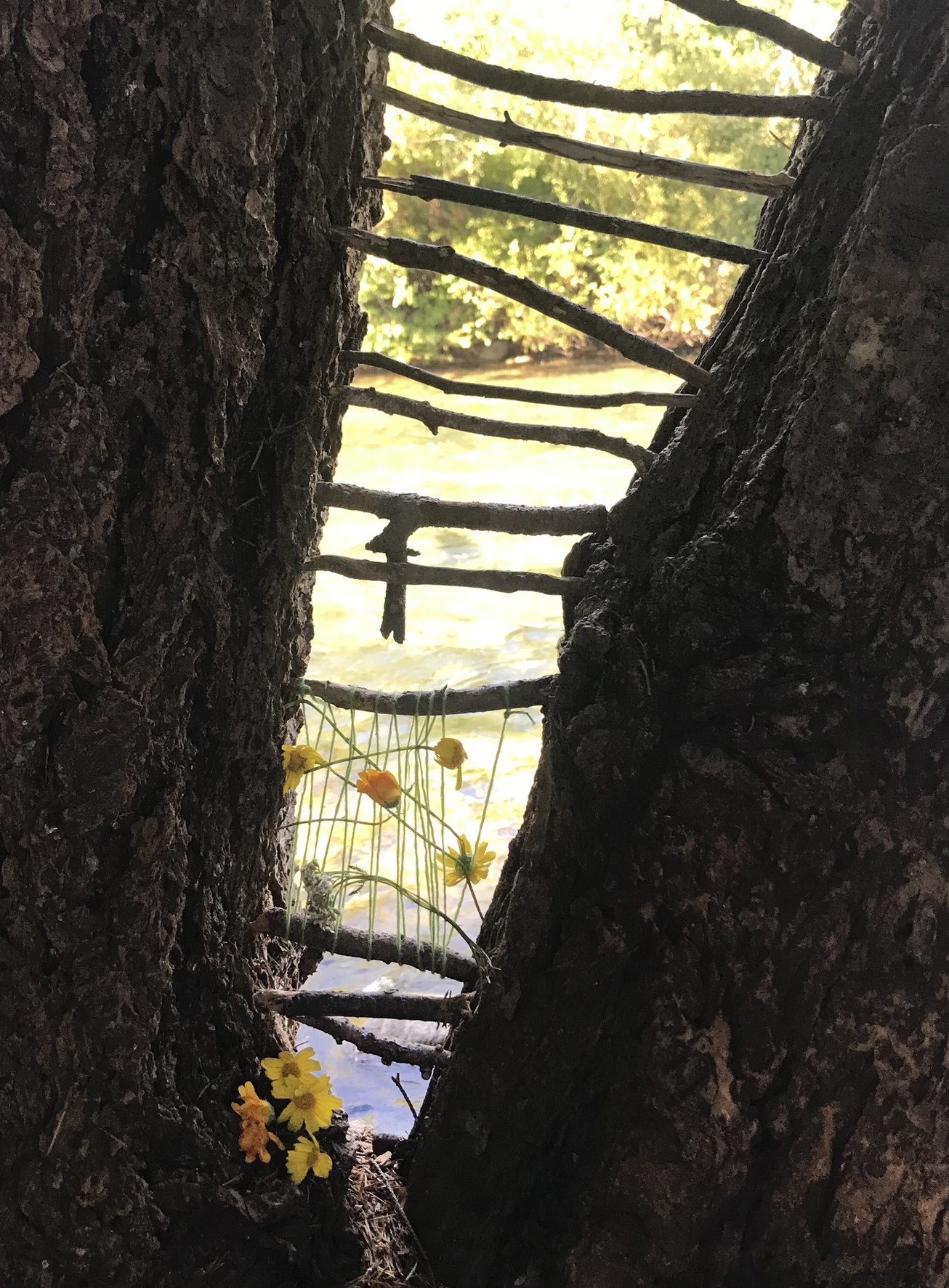What is Land Art
Land art was born as an alternative art movement in the 1960’s and 70’s. Early Land Artists such as Robert Smithson, Nancy Holt Agnes Denes, Beverly Buchanan, Andy Goldsworthy and Patricia Johnson all took inspiration and the limits imposed by working with nature to create unique and innovative works of art. They were drawn to natural materials and innovative ways of expressing form and movement with and within the earth.
They also saw land art as an alternative to the rigid gallery systems that controlled and restricted what kind of art was acceptable, who could make it and who could own it.
Working in nature to sculpt with materials like soil, branches, stones, leaves, moss and waterways grew out of and became part of the conceptual art world as much as it did the accessible arts and crafts movement, the civil upheaval and change of the times and the growing sustainability movements.
Land art is also known as earthart, ecoart, and environmental art. The common factors in each designation being a responsive way of working with Mother Nature. It is also important to state that although land art as a western art movement was born in the 1960’s, working with the earth as an artistic medium was nothing out of the ordinary to all cultures of the past. The geoglyphs called the Nazca Lines in Peru, cave paintings and the inukshuks of the Inuit are some examples of how humans have created with and within nature across millennia for purpose, for expression and for connection.
My Land Art Practice
My work is guided and inspired by the environment where I am co-creating with nature. If I am working in a wetland or a forest or an abandoned farmers field, the elements in that particular environment will influence the resulting pieces created. This is also true of the seasons of nature. My work looks very different in the summer from those pieces created in winter.
In short, I am working with nature in a site specific way with materials that are available at the time and place. When I occasionally use additional materials such as cotton string or paper, its important to me to make sure there are no pollutants included. My partnership with nature, my respect for the earth and my fear of our impact on her all inform my life in every aspect and especially in my art practice.
My work attempts to express layers and nuances of the infinite connections and interwoven stories that is nature. We are part of nature. We should be deeply connecting, re establishing our cycles of life with the planet and listening to the Mother.
I sometimes have a plan or some vague ideas before I start a piece and sometimes…I simply meet the unknown expression of the space with curiosity and see what emerges.






